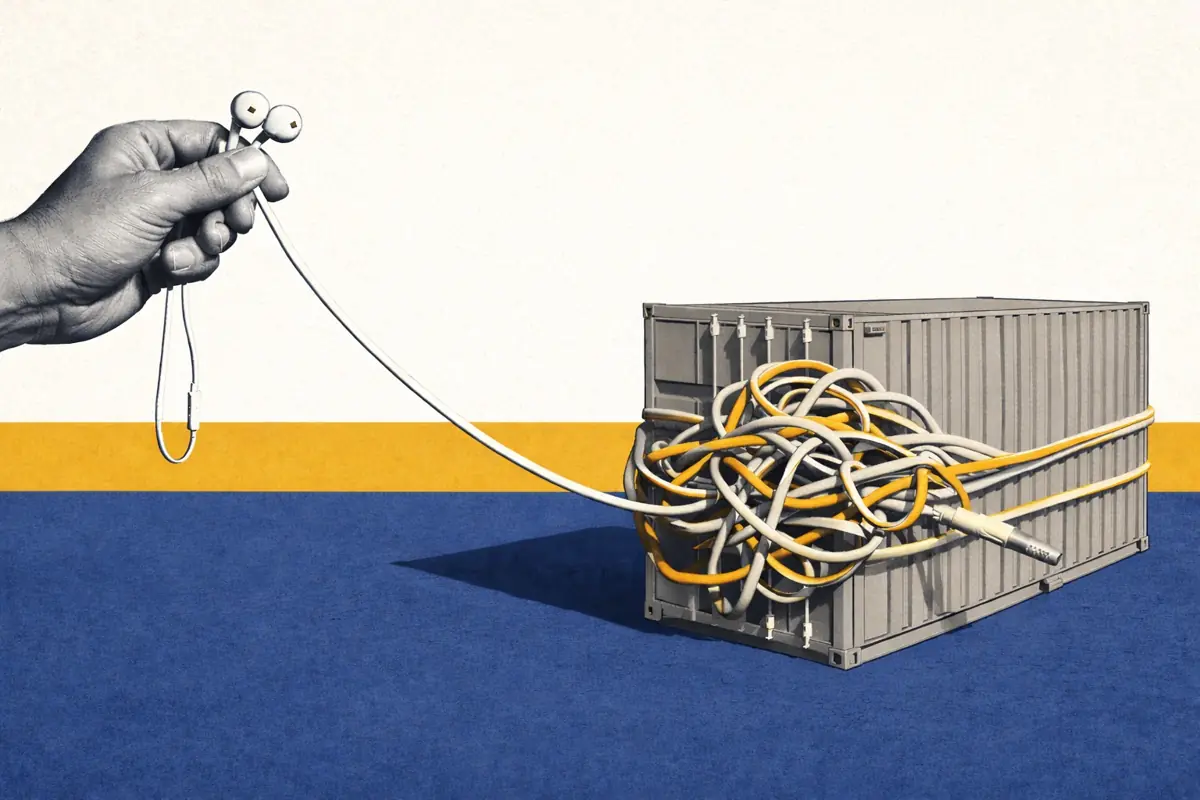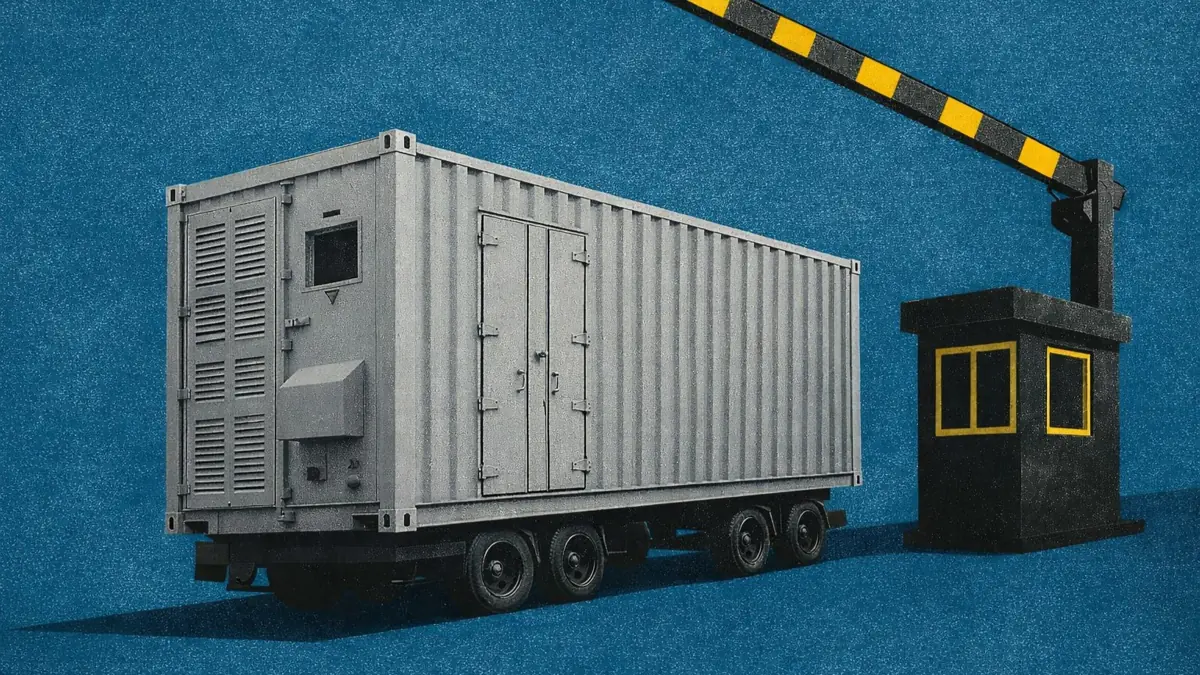Germany: Europe’s biggest merchant market - but why isn’t investment pouring in?
Germany: Europe’s biggest merchant market - but why isn’t investment pouring in?
Battery revenues in Germany are among the highest in Europe. Day-ahead spreads are deep. Intraday markets are volatile. Ancillary services still pay well. And new fixed income is on the horizon.
So why aren’t more batteries getting built?
Germany’s market is complex by design, featuring four Transmission System Operators (TSOs), 900 Distribution System Operators (DSOs), and a maze of connection rules, permits, and locational grid fees. Add in policy uncertainty, and capital remains cautious.
In this piece, we break down where the money is being made today, why Germany needs more batteries, and why investment has been difficult to unlock.
The opportunity: A world-class merchant case with fixed revenues on the horizon
By 2045, 85% of Germany's energy capacity is expected to be renewable. The energy transition has driven two core battery revenue opportunities:
Merchant trading: in day-ahead and intraday markets
Ancillary services: in frequency containment reserve (FCR) and automatic frequency restoration reserve (aFRR).
Cross-optimizing across merchant trading and ancillary services has already delivered revenue rates as high as €200,000/MW/year in 2024, according to Modo Energy backtests.
Returns are heavily merchant today. But inertia payments start in 2026 - and a national capacity market could bring more fixed income as early as 2028.
Let’s start with how batteries are making money today.
Today’s revenue stack: How German batteries make money
Day-ahead : High solar = higher spreads
Germany has over 100 GW of solar - and only 80 GW of peak demand.
Prices collapse as solar ramps up, often falling negative by midday.
When solar fades, gas takes over - especially with coal (30 GW) steadily closing and nuclear offline since 2023.
Evening price peaks remain strong, especially during Dunkelflaute (low renewables, high residual load).
The swing drives the widest day-ahead spreads in Europe’s major markets.
TBn spreads track the difference between the top ‘n’ and bottom ‘n’ hours each day.
The scale of solar is driving longer, deeper stretches of low midday pricing - opening up new multi-hour trading opportunities.
Long-duration batteries haven’t arrived yet - but the price signals are clear for developers willing to take the CAPEX risk.
Intraday: Forecasting error drives volatility
The intraday continuous market in Germany allows trading up to 5 minutes before delivery, in 15-minute blocks.
With no central Balancing Mechanism in Germany, participants must self-correct in the intraday market to avoid imbalance fees.
In summer, solar forecasting errors drive more price volatility.
Batteries exploit this - flipping their position multiple times throughout the intraday trading window.
As more batteries enter the intraday market, only operators with the smartest algorithms and forecasting tools will stay ahead.
Ancillary services: Strong returns today - but saturation signs are emerging
Ancillaries still bring in over 50% of revenues. But pricing now depends on when batteries switch between merchant and standby - not just system need.
The table outlines the two frequency response markets that batteries trade in.
FCR: Batteries set the price floor
Battery supply already exceeds FCR demand (~800 MW prequalified vs ~570 MW procured).
Prices stay strong in summer as batteries skip FCR entirely and use their full availability to chase deep wholesale market spreads.
In winter, more batteries return to FCR, and prices soften.
aFRR: Still paying - but following the same pattern
aFRR offers more headroom (~330 MW prequalified vs ~2 GW procured) - but switching dynamics are already visible.
aFRR negative prices follow the same seasonal trend as FCR.
aFRR positive prices also track battery opportunity cost.
- Prices dip at midday, as batteries can make revenue charging at negative wholesale prices, and discharge into aFRR (capturing the spread).
- Prices rise later as wholesale prices peak, discharge opportunities improve, and state-of-charge becomes constrained.
Every MW of storage built adds competition across all markets.
As the fleet grows, price formation across FCR and aFRR will converge toward opportunity cost - rewarding the operators who can shift capacity most effectively.
How batteries cross-optimise revenue
In Germany, batteries don’t just choose one revenue strategy.
Operators weigh up spreads, ancillaries prices, state-of-charge, and degradation to maximise margin.
Sequencing is everything
Success depends not just on market prices, but on correctly sequencing positions across overlapping markets.
A typical day might look like this:
With more batteries chasing the same signals, optimisation skill is becoming the biggest differentiator.
Future fixed revenues: When are they coming?
The merchant case is strong - but capital remains cautious. Without fixed revenues, projects carry higher capital costs and limited debt leverage.
Two potential revenue stabilisers are emerging.
Inertia Payments: A new contracted revenue stream for grid-forming batteries
From 2026, TSOs will contract inertia through multi-year agreements.
Batteries that meet grid-forming standards - and maintain 90% availability - can qualify for premium payments.
Most battery manufacturers now offer grid-forming capability at marginal additional CAPEX, making this a low-cost upgrade to secure long-term contracted income.
The total value is modest - but for lenders, fixed revenues improve bankability.
Capacity market: More significant, but structure remains uncertain
Germany is designing a national capacity market to ensure firm supply as coal and nuclear retire.
In the interim, up to 20 GW of new gas may be procured - backed by public funding. The risks:
- Reduced scarcity pricing, and narrower merchant spreads.
- Batteries pushed into ancillary markets
- Capital flows diverted into gas, limiting storage buildout and raising long-term system costs.
The design of the capacity market will be pivotal for BESS:
If designed well: storage can secure stable long-term income, support system adequacy, and attract debt finance.
If designed badly: gas could dominate capacity payments through favorable de-rating, locking in higher costs for consumers.
Why the system needs more BESS - and can’t wait
Germany’s need for flexibility is growing as renewables scale
The current flexibility stack can help - but has its limits:
Gas and coal secure supply, but don’t cut carbon.
None of these, fully reduce system costs or support decarbonisation like battery storage.
A 2024 Frontier Economics study estimates large-scale BESS could:
- Save €12 billion in system costs by 2050
- Cut 6.2 MtCO₂ by 2030
- Replace up to 9 GW of new gas
Investment bottlenecks: Why capital isn’t moving (yet)
The system need is clear. Revenues are strong. Fixed income is coming - but buildout remains slow.
Why?
Germany’s market is complex by design:
- Four TSOs with different connection and pre-qualification rules
- 900+ DSOs with fragmented permitting processes
- Crowded grid-connection queue with non-firm dates and limited capacity
- BKZ connection fees up to €100k/MW, with legal uncertainty still unresolved - adding capital risk to siting decisions.
The result? A bureaucratic system that leaves investors navigating layers of policy risk.
But those who figure it out will win big.
Germany today feels like Great Britain in 2019 - when merchant batteries were just proving their worth. Those who wait for perfect conditions will watch others bank double-digit returns.
Download the data
Download







